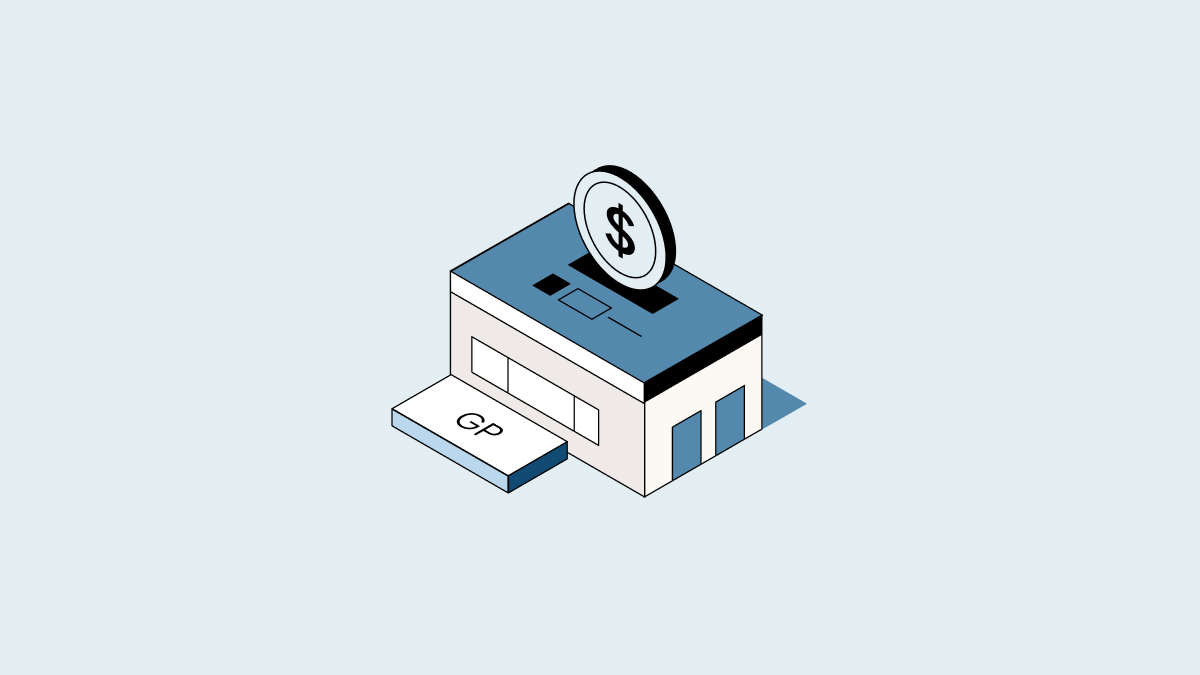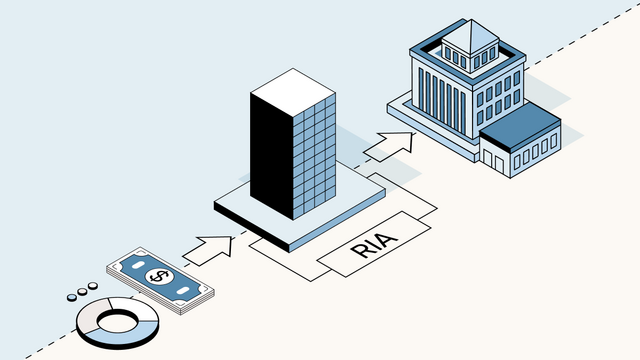What is carried interest?
Carried interest, or “carry” for short, is the percentage of a private fund’s investment profits that a fund manager receives as compensation. Used primarily by private equity funds, including venture capital funds, carried interest is one of the primary ways fund managers are paid.
The role of the general partner
Although it sounds like one person, the general partner (GP) of a fund is a legal entity that takes liability for the fund’s activities. The GP is directly involved in managing and operating a business or fund. In return for managing day-to-day operations and shouldering more risk than limited partners (LP), GPs usually earn a share of the profits produced from the pooled investments of LPs. The members of a GP entity are people: Usually, they’re the people making the fund’s investments.
This video gives an overview of how venture capital funds are structured as part of Carta’s free VC 101 curriculum.
Note that in the private fund industry, a fund manager is often referred to colloquially as the “GP” for a particular fund. To be precise, in this article we will use “GP” to represent the legal entity of an investment fund and “fund manager” to represent a member of the GP entity managing the fund’s investments.
General partner compensation
The GP entity usually earns money by charging two fees: a management fee and carried interest.
Management fee
This is a fee paid by the LPs to the GP on an annual basis to cover the overhead expenses for operating a fund, such as salaries, travel, and office rent. The management fee is usually a percent of the fund’s assets under management (AUM), typically averaging 2% of the fund’s AUM per year.
At most mature investment firms, a fund’s GP contracts a management company (the PE or VC firm) to provide operational support. In this scenario, the management fee flows through the GP to the management company.
Carried interest
Much like equity in a startup or other companies, venture firms use carried interest to compensate and incentivize their fund managers. Although fund managers often receive other kinds of compensation, such as a salary paid by the firm, a large percentage of their income typically comes from their share of carry in the funds they manage.
How does carried interest work?
Before a GP collects its share of carry, the LPs first have to make back the amount of capital they invested in the fund. Sometimes, the fund also has to meet a preferred return, also known as a hurdle rate. This rate represents the minimum profit the fund needs to earn before the GP starts earning carry.
LPs that invest in a fund contractually agree what percentage of profit will go toward the carry for fund managers. The ability to command higher or lower carry is based on how much LP demand there is for this specific fund (which is often based on the background of the fund managers and their prior funds’ performance). This percentage can range anywhere from 15 to 30% of the profits but generally hovers around 20%. The percentage is also market-driven, which means that it can vary according to the performance of the overall financial market during the fundraising period.
Carried interest is distributed in either a European-style or American-style waterfall scenario:
European-style waterfall
A European-style waterfall is when the carried interest is applied to the whole investment fund.
For example, if your LPs contribute $10 million to your fund, your base portfolio amount is $10 million dollars. It doesn’t matter which investments did well and which incurred losses. Instead, the focus is on overall portfolio-level returns.
With the European-style waterfall carry, there’s often no hurdle rate. All of the investors’ capital must be returned first before carried interest can be collected. In this scenario, if there is a hurdle rate, then all capital must be returned with some additional percentage before carry is collected.
American-style waterfall
An American-style waterfall is when carry is applied on a deal-by-deal basis.
For example, let’s say your VC firm made 10 investments of $5 million dollars each. Of those 10 investments, five saw a gain of $2 million each and the other five incurred losses of $1 million each. Because the carry is deal-by-deal, the GP will collect carry on each of the successful investments’ gains and will not have to consider deal-specific losses, unless a clawback is triggered. Thus, the GP will collect a total carry of $2 million, assuming the carry is at a rate of 20%.
|
Total initial investment |
$50,000,000 |
|
Gains |
$10M (5 x $2M) |
|
Losses |
$5M (5 x $1M) |
|
Carried interest |
20% of Gains ($2M) |
The carried interest “loophole”
Profits from carried interest are considered a return on investment for federal tax purposes. That means rather than incurring ordinary federal income taxes of up to 37%, carried interest receives preferential capital gains tax treatment, similar to other investments like stocks or real estate.
While short-term capital gains tax rates are the same as ordinary income rates, taxpayers can get long-term capital gains treatment if they hold an investment for more than a year. For carried interest, the holding period is more than three years. Long-term capital gains are taxed at a lower rate—which tops out at 20%—based on the taxpayer’s income bracket. This potential for a 0% capital gains tax rate is known as the carried interest “loophole” or the carried interest tax loophole.
Some see the current tax treatment as a “loophole” that unfairly allows high-income investment managers to pay lower taxes than other employees. In recent years, proponents of tax reform including President Donald Trump and Senator Elizabeth Warren (D-MA) have advocated for taxing carry as regular income, which would push the rate to as high as 37%.
Supporters of carried interest argue that raising the tax rates for carry would stifle entrepreneurship and risk-taking that help fuel the startup ecosystem.
Clawback
A clawback is the process of reclaiming money or assets that were previously distributed, typically in cases of overpayment. A clawback may be triggered if there’s either a clerical error or other error that results in collecting too much carry. A clawback of carry from GPs is also typical if the portfolio doesn’t meet a certain return rate as a whole. In case of a clawback, the GP is contractually required to pay back the difference to the LPs.
Vesting
Sometimes, at larger VC firms, carry can be subject to vesting for managers and other employees at the firm, similar to how stock options vest for employees. For example, a GP might get a 10% carry allocation that vests over a five-year holding period. If the investment manager leaves before the five years, they would only be entitled to the amount that has vested over that time.



